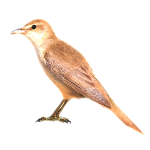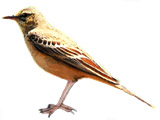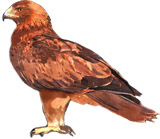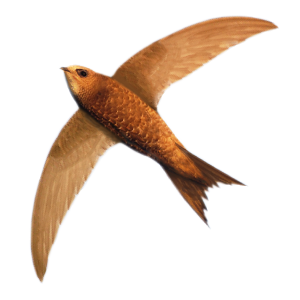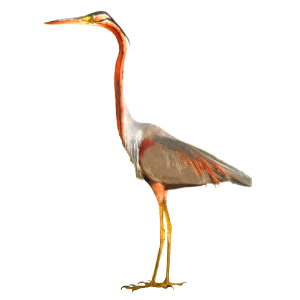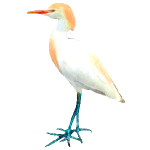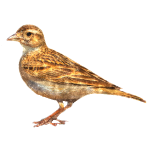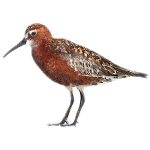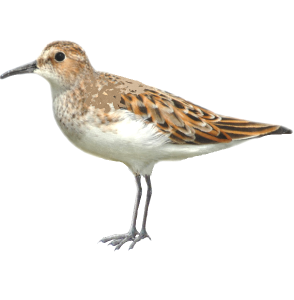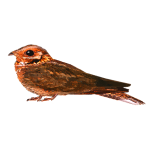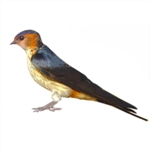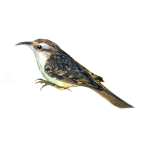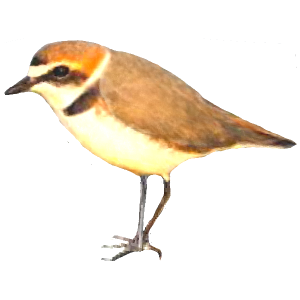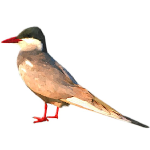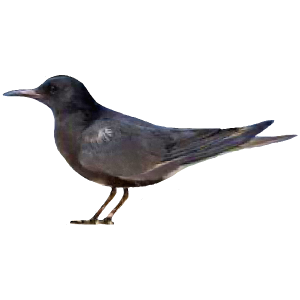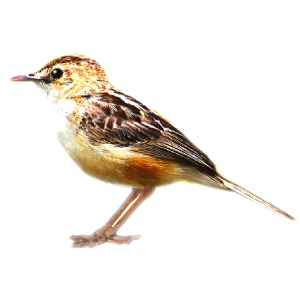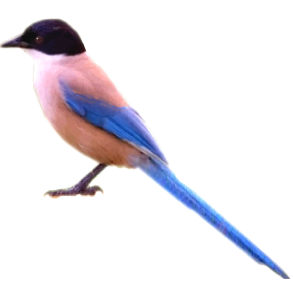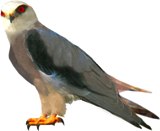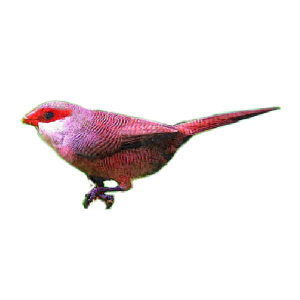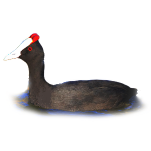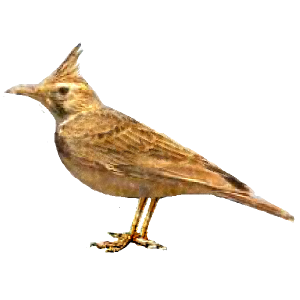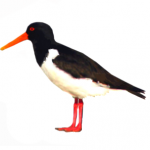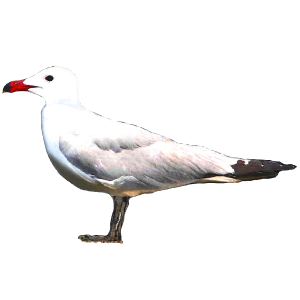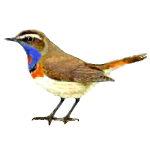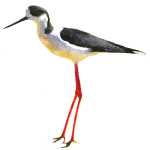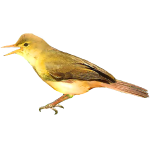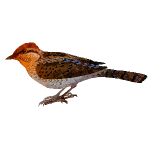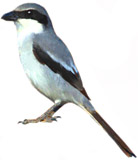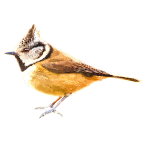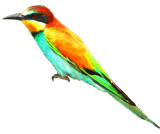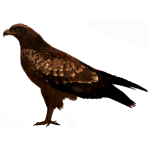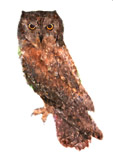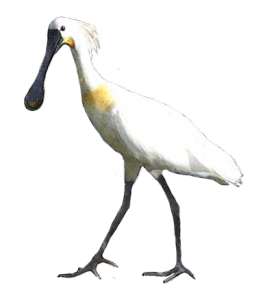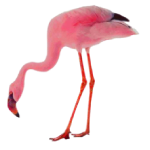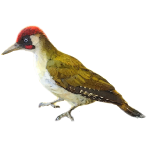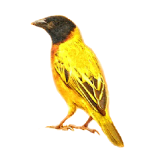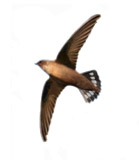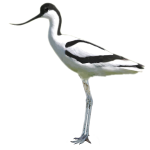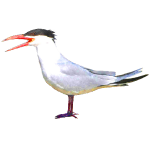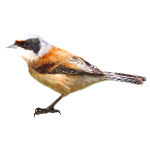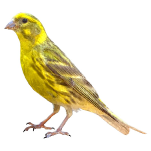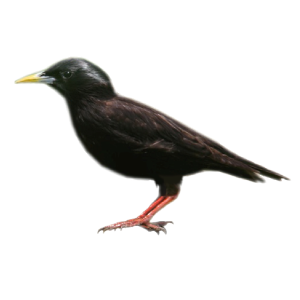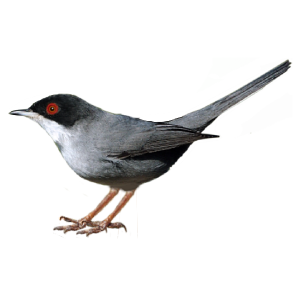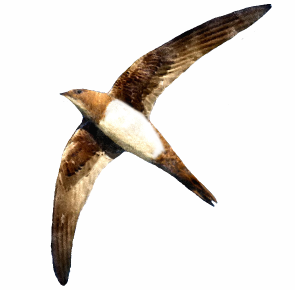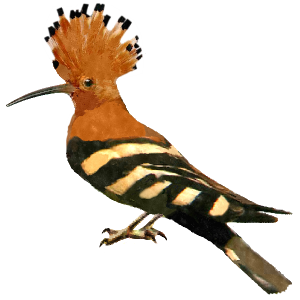HOTSPOT FACTSHEET: QUINTA DO LUDO
Location: Quinta do Ludo, Faro, Central Algarve | Coordinates (Quinta do Ludo | Access via Faro Beach Road, M527-1): 37° 1′ 0.6744″ N, -7° 59′ 17.934″ W (Lat/Long); 37.016854 N, -7.988315 W (decimal degrees) |Code: LL1 | Completion Time: up to 5 hours | Best Time for Birdwatching: all year round | Activities: birding; nature walks/hiking; cycling, running & other outdoor activities; sightseeing;
[PLEASE CHECK LUDO’S BIRD SPECIALITIES AT THE BOTTOM OF THIS PAGE] Quinta do Ludo contains a wide variety of wetland and farmland habitats, as well as some Mediterranean scrubland and woodland. Its brackish and saltwater lagoons are bordered by active saltpans and saltmarshes that attract the Greater Flamingo. These majestic birds are present all year round in Quinta do Ludo, but the greatest concentrations occur between late summer and early spring. The remarkable beak of the Spoonbill can also be seen throughout the year probing the mudflats and shallow lagoons. Their numbers increase between the summer and the autumn. This is a somewhat shy species that is best observed with a good pair of binoculars, since Spoonbills tend to occupy the more remote areas of the lagoons. That won’t be a problem with most of the waders. Kentish Plovers and Black-winged Stilts are usually abundant. Overall, the best time to observe waders in Ludo is during the migratory periods, in spring and autumn, when most European species can be seen all over the area. They are often accompanied by Avocets, White Storks and Cattle Egrets. Other notable inhabitants include Audouin’s Gull, Bluethroat, Caspian Tern and Little Tern. Visitors should inspect the reedbeds to the east and north, as well as the wooded areas of Pontal (see map). The reedbeds and adjacent areas are good places to observe Penduline Tit, Waxbill, Black-headed Weaver and Great Reed Warbler.
Beautifully forested with umbrella pines (Pinus pinea) and with a remarkable variety of rare and fragrant Mediterranean shrubbery (best seen in spring, but definitely not in summer), the Pontal Forest is inhabited by species like the Red-necked Nightjar, the Short-toed Treecreeper, the Azure-winged Magpie and the Iberian Green Woodpecker. In summer, its clearings are also overflown by the colourful Bee-eater. Do not be afraid to explore the forested area, as it is usually calm and very secure. Birds of prey roaming the Quinta do Ludo area include Osprey (occasionaly), Scops Owl, Black-shouldered Kite and wintering Booted Eagle. Ludo has been repeatedly visited by scarcities like the Red-necked Phalarope, the Sociable Lapwing, the American Coot, the Cream-coloured Courser, the Upland Sandpiper and the Marbled Duck.
A visit to Quinta do Ludo and neighbouring Quinta do lago requires plenty of time, a willingness to walk, and proper equipment that should include sturdy footwear and suitable cameras or binoculars with powerful lenses. Visitors should also carry plenty of water with them when temperatures are higher. Visit Quinta do Ludo early in the morning and/or before sunset. Visitors are advised to use mosquito repellent when visiting Quinta do Lugo at dusk during summer. The trails can be quite dusty in summer (but not at all unpleasant); visitors should protect their eyes with proper sunglasses.
Apart neighbouring Quinta do Lago, there are several places of interest nearby. To the east of Ludo, the marshland is interrupted by the presence of the airport, whose construction predates the creation of the Natural Park. There is a trail that skirts the south side of the airstrip, bordering a large area of marshes and old saltpans. If you don’t mind roaring jets blasting in the vicinity, and a subtle smell of aviation fuel, this location is particularly good for Black-winged Stilt, Audouin’s Gull, Greater Flamingo (later in the day), Red-necked Nightjar (at dusk) and Crested Lark, among other species. In fact, at dusk, this trail provides one of the best places in the Algarve to observe the elusive Red-necked Nightjar. This bird likes to rest right on the middle of the trail, a fact that spoils its natural mimetic properties. The bird’s dark shape contrasts vividly with the light-coloured dusty trail. To get there, instead of entering Ludo from the east, just veer left at a very small roundabout a couple of metres before the last bend on the road to Praia de Faro (see map above). Park your car at the end of the asphalted road and proceed on foot along the main trail. The track follows the airport fence. The Airport Trail is an ‘out and back’ route that extends for approximately 4.3 kilometres / 2.65 miles, one way.
You can also visit Praia de Faro. Located there is the municipal Centro Náutico (literally, ‘Nautical Centre’) where you can rent a kayak and paddle your way into the neighbouring saltmarhes on the other margin. If you’re lucky, you’ll observe many waterbirds, some of them difficult to spot by any other means. Check its location on the map above by moving the viewpoint to the southeast. A kayak trip only costs about 2 euros, and you’ll be given a proper lifejacket and all the equipment you need apart from footwear. If you´re inexperienced, you’ll even get a free lesson on how to handle the kayak (it is easy). The Nautical Centre is closed on public holidays (opens 8.30am-12.30 | 2pm-5.30pm).

